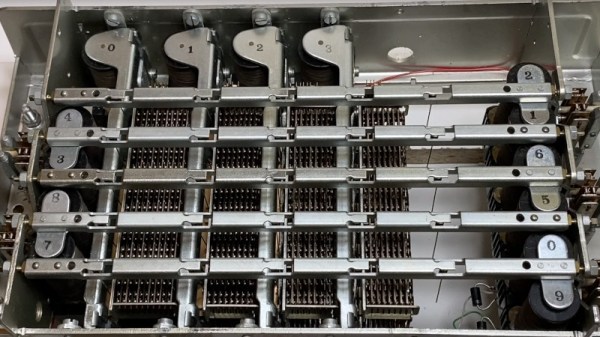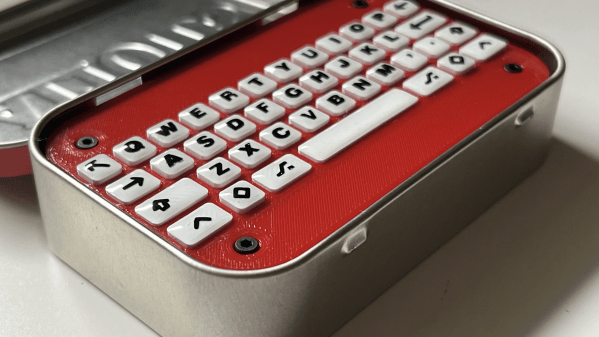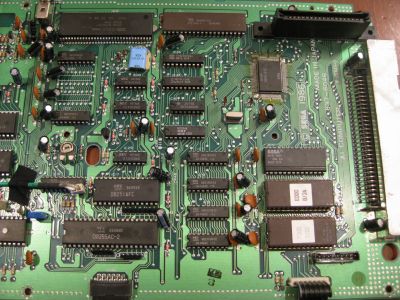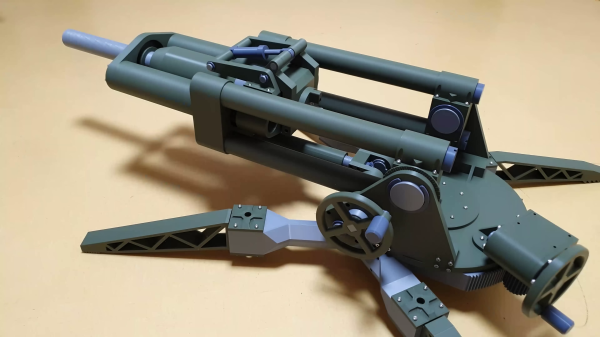When Japan’s SLIM lunar lander made a rather unconventional touch-down on the lunar surface, it had already disgorged two small lunar excursion vehicles from its innards: LEV-1 and LEV-2. Of these, the LEV-1 is not only capable of direct to Earth transmission, but it also has been assigned its own amateur radio license: JS1YMG, which makes it the first Ham radio station on the Moon. LEV-1 receives data from LEV-2, which is transmitted to Earth using its 1 Watt UHF circular polarization antenna as Morse code at 437.410 MHz. Although the data format hasn’t been published, [Daniel Estévez] (EA4GPZ) has been sleuthing around to figure it out.
Using captures from the 25 meter radiotelescope at Dwingeloo in the Netherlands, [Daniel] set to work deciphering what he knew to be telemetry data following a CCSDS standard. After some mix-and-matching he found that the encoding matched PCM/PSK/PM with a symbol rate of 64 baud and 2048 kHz subcarrier. The residual carrier is modulated in amplitude with Morse code, but initially this Morse code made no sense.
Continue reading “Decoding JS1YMG: First Ham Radio Station On The Moon After SLIM Mission”


















